5 breakthrough pillars
Based on the draft documents of the 14th Congress and the Government Resolution, the specific goals are:
Phase 2025 - 2030: Breakthrough acceleration with a GDP growth target of over 10%/year (from the current 7-8%/year). GDP per capita reaches 8,500 USD (double compared to 2023).
Vision 2045: Become a developed, high-income country with a GDP per capita of 20,000 - 28,000 USD. Be among the top 30 countries in digital technology and innovation. Human Development Index (HDI) in the top 50 in the world; multidimensional poverty rate below 1%; build a strong economy , with high-tech industry accounting for 40% of GDP.
To achieve this goal, solutions are needed according to five breakthrough pillars: "institutions, human resources, infrastructure, science - technology , integration" based on Resolution 57-NQ/TW on breakthroughs in science and technology development, innovation and national digital transformation, and strategic resolutions.
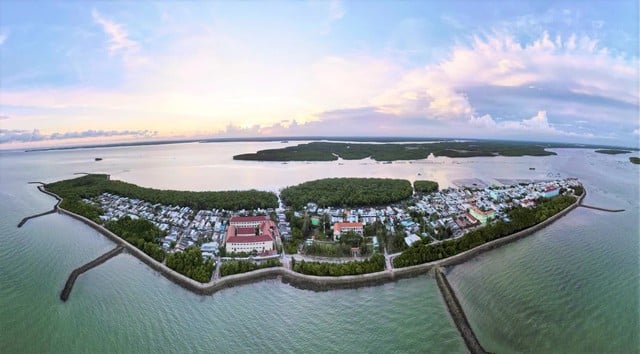
Green economy associated with sustainable environmental development and digital economy associated with comprehensive digital transformation are identified as two new growth drivers.
PHOTO: NGOC DUONG
First, institutional breakthroughs, legal improvements, and resource liberation.
Problem: Slow institutions reduce TFP (total factor growth), only 45% contribution to GDP.
Specific solutions: Complete 100% of laws related to digital economy, land, investment, reduce 50% of administrative procedures, increase high-quality FDI to 40 billion USD/year (from 28 billion USD in 2024). Build a digital financial mechanism: exploit digital assets, creative investment fund reaches 10% of GDP (from current 5%). Transparent monitoring: deploy AI to monitor corruption, reduce administrative complaints by 30%.
Expected result: Increase TFP to 55% by 2030, contributing 2-3% to GDP growth.
Second, human resource breakthrough, training high-quality human resources.
Problem: Only 64% of workers are trained, productivity is lower than Thailand.
Specific solutions: National program to train 50% of workers in digital skills (2025 - 2030). Invest 10% of the education budget (from 6.5% of current GDP), cooperate with businesses to train 1 million workers/year.
STEAM Education Development: Build 100 AI training centers, achieve 80% of graduates with high-quality jobs.
Support vulnerable groups: Invest 5% of GDP in social security, reduce regional gap by 20%.
Expected results: Labor productivity increases by 8%/year, reaching 15,000 USD by 2030; unemployment rate below 2%.
Third, infrastructure breakthrough, building digital and green infrastructure.
Problem: Digital infrastructure only covers 70% of the population, renewable energy less than 10%.
Specific solutions:
Investing in national digital infrastructure: Building a nationwide 5G/6G system (reaching 95% coverage by 2028), data economy contributes 20% of GDP.
Green infrastructure: Invest 35% of GDP in infrastructure (from 30%), complete 100,000 social housing units by 2025; renewable energy reaches 30% capacity by 2030.
Traffic connection: Completion of North-South expressway, Long Thanh airport phase 1 (2026), reducing logistics time by 20%.
Expected results: Increase infrastructure contribution to GDP by 2%/year; reduce emissions by 20%.
Fourth , scientific and technological breakthroughs and innovation.
Problem: R&D spending is only 0.5% of GDP
Specific solutions:
Implement Resolution 57-NQ/TW: Increase R&D budget to 2% of GDP (2025 - 2030), build 10 high-tech industrial clusters, achieve digital economy scale of 50% of GDP.
Promote startups: Support 100,000 startups, $5 billion investment fund, focus on AI and biotech.
International cooperation: Attract 20% FDI into high technology (from current 10%).
Expected results: Vietnam is in the top 30 countries in innovation (from the current top 50); digital economy grows 20%/year.
Fifth, breakthrough in integration and national defense.
Problem : Exports depend 40% on traditional markets.
Specific solutions:
Market diversification, digital economic diplomacy.
Defense - security: Increase budget by 2% of GDP, modernize cyber security response force.
Culture - Society: Invest 10% of GDP in health and culture, achieve happiness index in top 50 in Asia.
Expected result: International position in top 20 Asia
With the above solutions, Vietnam can achieve 10% growth per year, turning aspirations into reality by 2045. This is not just an economic plan but a comprehensive revolution, requiring political will and participation of the entire population.
Focus on green economy and digital economy
In the context of Vietnam aiming to become a developing country with modern industry by 2030 and a developed, high-income country by 2045, green economy (focusing on environmental sustainability) and digital economy (comprehensive digital transformation) are identified as two new growth drivers.
According to the draft document of the 14th Party Congress, these two sectors need to contribute at least 50% to GDP growth, helping to overcome the "middle-income trap" and respond to climate change.
Currently, the digital economy accounts for 18.3% of GDP in 2024 (growing over 20%/year), while the green economy reaches 2% of GDP in 2020 with a growth rate of 10 - 13%/year.
The digital economy is the main driving force, with a scale reaching 45 billion USD by 2025 (accounting for about 20% of GDP), expected to increase to 90 - 200 billion USD by 2030 (30 - 35% of GDP).
2030 Goal: Vietnam enters the top 30 digital countries in the world; GDP per capita reaches 8,500 USD.
The solutions are to build a national digital infrastructure: Invest 10% of the budget (about 5 billion USD/year) in 5G/6G, achieve coverage of 95% of the population by 2028. Reduce 50% of digital administrative procedures, increase the rate of digital enterprises from 30% to 70%. At the same time, it is necessary to pay attention to data security (reduce cyber attacks by 50%) and ensure digital equality (coverage in rural areas by 80%).
Green economy focuses on sustainable growth, with a scale of 6.7 billion USD in 2020 (2% of GDP), increasing by 10 - 13%/year. By 2025, it is expected to contribute 5 - 7% of GDP through renewable energy and green agriculture. Committed to net zero 2050, reducing emissions by 20% by 2030, supporting GDP growth of 8.3 - 8.5% by 2025.
2030 target: reduce methane by 30%, stop deforestation; green economy contributes 10% of GDP, renewable energy 30% of capacity.
Contribute to overall growth: Increase GDP by 2%/year through green infrastructure, attract green FDI of 15 billion USD/year; reduce environmental costs by 1% of GDP.
The solution is to develop green energy and infrastructure: Invest 35% of GDP in infrastructure (from 30%), complete 100,000 green houses by 2025; hydrogen energy strategy by 2030. Convert 50% of agricultural area to green, reduce carbon emissions by 20%. Complete the Green Law (2026), use AI to monitor the environment. Monitor KPI: Green economic growth of 12%/year, environmental index improves 20 levels globally.
Green economy and digital economy are the right arm for sustainable growth, helping Vietnam to rise up in the new era. Therefore, it is recommended to add a separate section on "Green economic - digital economy dynamics" to the Draft Political Report.
Source: https://thanhnien.vn/de-kinh-te-xanh-va-kinh-te-so-dua-dat-nuoc-vuon-minh-185251101151809522.htm



![[Photo] President Luong Cuong receives US Secretary of War Pete Hegseth](https://vphoto.vietnam.vn/thumb/1200x675/vietnam/resource/IMAGE/2025/11/02/1762089839868_ndo_br_1-jpg.webp)



![[Photo] Lam Dong: Images of damage after a suspected lake burst in Tuy Phong](https://vphoto.vietnam.vn/thumb/1200x675/vietnam/resource/IMAGE/2025/11/02/1762078736805_8e7f5424f473782d2162-5118-jpg.webp)
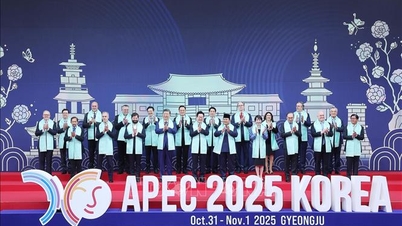






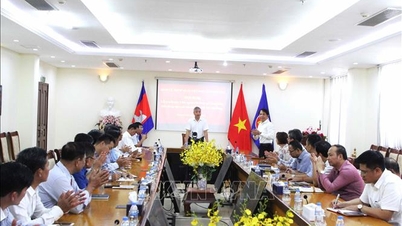






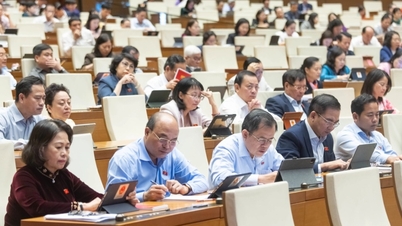


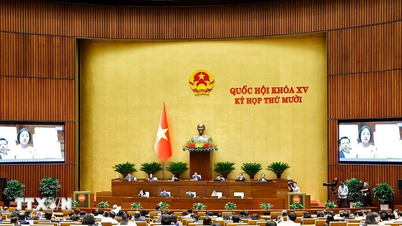






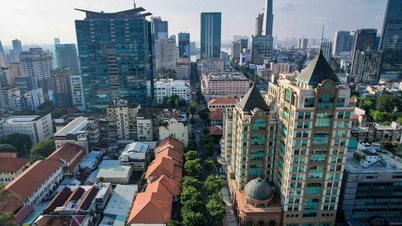








































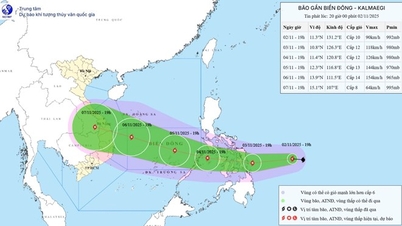














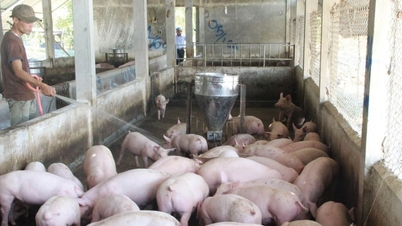




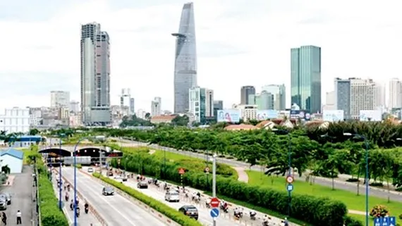
















Comment (0)